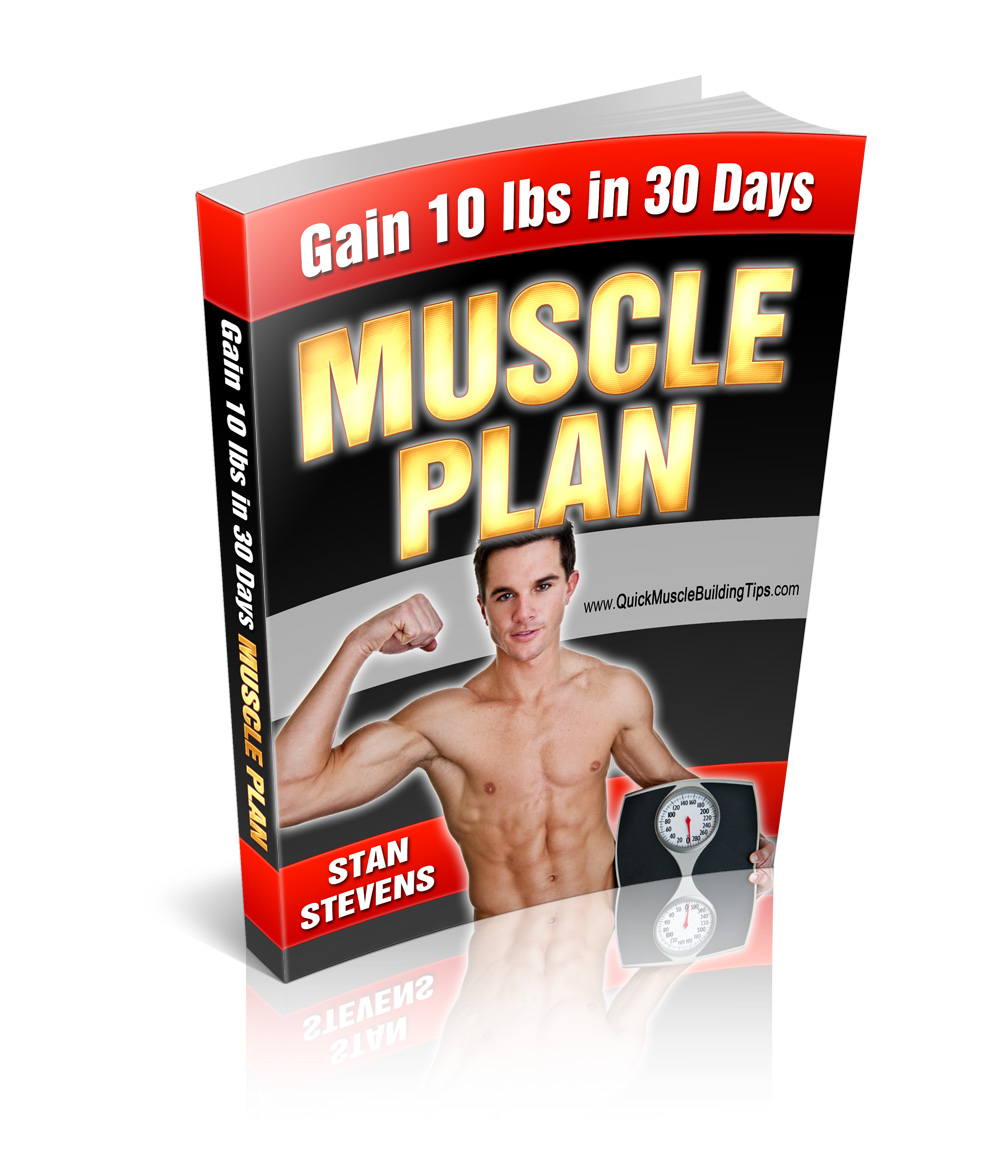Regardless to the belief of many, exercising is not just for looking good- although looking good is a major perk of exercise! Many people engage in physical fitness routines in order to become a better athlete. After all, there’s not really such a thing as an out of shape pro athlete, unless you are talking about a bowler that is- but that’s probably not the type of person looking to perfect their physical form either. If you are ready to excel at your favorite sports, learn how to get the edge on your competition, no matter what the sport is you are looking to become better at. Read about theses performance enhancing lifts that will help you up your game.
—-
One-Arm Rope Cable Row
Contributor: Mike Stack, CSCS, president and CEO of Applied Fitness Solutions, an Ann Arbor, Michigan-based fitness and performance enhancement firm.
Where it hits: Back, biceps, obliques, core
Why it’s effective: “This exercise is a perfect pulling movement for any athlete, as it incorporates aspects of grip strength, postural stability in the athletic position and single limb movement,” says Stack. “Beyond that, the explosive nature of the pull simulates the ballistic movement common to most sports.”
How to do it: Stand facing a cable stack with a rope attachment at chest height. Firmly fix your body with your chest and head up and your feet wider than shoulder width. Start with one arm fully extended holding onto the rope and the other at your waist in the ready position. Pull the rope hard and fast in toward your midsection, rotating your body slightly to that side while also getting your back and hips into the movement. Pause with the weight at the top, then lower back to the start position. Do all reps with one arm, then switch arms.
How much to do: 3 sets, 8-10 reps per arm, 90 seconds rest between sets
Prowler (Sled) Push
Contributors: Gregg Miele, personal trainer to multiple celebrity and athlete clients and owner of New York Strength and Conditioning Industries; Jon Chaimberg, one of the most accomplished strength and conditioning coaches in the sport of MMA (adrenalineperformancecenter.com).
Where it hits: Quads, glutes, hamstrings, calves, chest, arms, core
Why it’s effective: “The Prowler automatically places you in an athletic stance,” says Miele. “Pushing it for distance or speed is great for acceleration mechanics, speed, strength and power development and overall conditioning.” Says Chaimberg: “Sled pushes will give you an unreal lactic acid build up, and for me, recovering from a sled workout is like recovering from a fight. It’s also very sport specific to fighters, as [the driving of the legs] simulates a double leg takedown. There is no better movement that encompasses everything I need than this one.”
How to do it: Sled pushes are to be performed in an open space, either outdoors (ie, a parking lot) or in an indoor facility with an artificial turf field. Grasp the bars of the sled (loaded with appropriate weight) near the top and lean over at the waist so that your torso is just above parallel to the ground. Keeping your arms extended but not locked out in front of you, push the sled as fast as you can by driving your legs in relatively short, choppy steps. Push the sled for desired distance, then rest and repeat.
How much to do: Chaimberg typically has his athletes do around eight 40-yard sled pushes, where each interval is performed as a 7-12-second sprint.
Standing Medicine Ball Toss for Height
Contributor: Ed McNeely, MS, Vice President and Education Director of StrengthPro, Inc., in Las Vegas.
Where it hits: Quads, glutes, shoulders, triceps
Why it’s effective: “The med ball toss for height is a great low body power exercise,” says McNeely. “It trains the all-important triple extension – where the knees, hips and ankles all extend to propel you upward – which is essential for most speed and power sports.”
How to do it: This exercise is best performed in an open space outdoors, where a ceiling won’t impede the flight of the ball and bystanders and objects won’t be struck when the ball lands. Stand holding a 10-15-pound medicine ball with both hands, your arms extended near your waist and your feet shoulder width apart. Squat down slightly, allowing your trunk to lean forward and the ball to move between your legs, then immediately explode up by extending your knees, hips and ankles and throw the ball as high as possible overhead. Locate the ball in the air so that it doesn’t land on you on the way back down. Pick up the ball and repeat.
How much to do: 4-5 sets, 6 reps, 2 minutes rest between sets
One-Arm Dumbbell Clean and Press
Contributor: Zach Even-Esh, performance coach to athletes and owner of the Underground Strength Gym in Edison, NJ.
Where it hits: Quads, glutes, hamstrings, back, shoulders, biceps
Why it’s effective: “Because this movement requires you to rip the weight off the ground and press it overhead, you’re working explosive power from the ground up,” says Even-Esh. “Your legs, back, grip, shoulders and biceps are working intensely to lift the dumbbell. The one-arm dumbbell clean and press is also easy to learn. With athletes, time is often of the essence and if you want to maximize your time in the gym, choosing complicated movements and lifting patterns will minimize progress.”
How to do it: Stand with a relatively heavy dumbbell in front of you on the floor, your feet about shoulder-width apart. Bend at the knees and waist to reach down and grasp the dumbbell with one hand. Keeping your chest out and your back arched slightly, explosively pull the dumbbell straight up as high as you can, then drop underneath it and catch it in the “clean” position (elbow pointed forward, hand and dumbbell on or just above your front deltoid). Extend your legs to stand upright, then explosively press the dumbbell overhead from the cleaned position. Carefully reverse the motion to return the dumbbell toward the floor. Subsequent reps can start with either the dumbbell resting on the floor or hanging at mid-shin level. Repeat all reps with one arm, then switch arms.
How much to do: 3-5 sets, 3-5 reps per arm, 1-2 minutes rest between sets
Burpees
Contributor: Martin Gibala, PhD, professor and chair of the department of kinesiology at McMaster University in Hamilton, Ontario, Canada
Where it hits: Quads, glutes, hamstrings, chest, shoulders, triceps, core
Why it’s effective: “This may seem like an odd choice,” says Gibala, “but my suggestion would be the burpee. It doesn’t require specialized equipment, can be performed anywhere and is a form of strength training where many major muscle groups are subjected to a resistive force that’s applied using the person’s own body weight. If done in sufficient number (or in repeated cycles), burpees are a form of HIIT training that places on aerobic stress on the cardiorespiratory system and also likely improves muscle oxidative capacity.”
How to do it: The burpee is a four-part movement consisting of the following phases done consecutively without pause: (1) From a standing position, bend over at the waist and squat down until your hands are on the floor just in front of your feet; (2) kick your legs back behind you to place yourself in a push-up position (option for adding difficulty: do one or more push-ups at this point); (3) reverse the previous motion by pulling your knees in toward your midsection to return to the squatted position; (4) stand up to return to the start position (for added difficulty, jump up as high as you can at the top of each rep with your arms extended overhead). That’s one rep.
How much to do: As an initial recommendation, Gibala suggests 5 sets of 20 reps with 1 minute rest between sets.
After many of the best trainers and coaches were consulted about which is the single best exercise for ballplayers, fighters, and other sportsmen- the answer seemed to be more complex than just one particular exercise. In or to improve performance on the field, court, track and ring, the athlete needs to concentrate on a group of exercises to get the most benefit from conditioning and training.
The following ten exercises came up the most frequently amongst the experts who are responsible for the condition of the best athletes:
• One-Arm Rope Cable Row
• Power Sled Pushes
• Standing Medicine Ball Toss for Height
• One-Arm Dumbbell Clean & Press
• Burpees
Every singles one of these listed exercises benefits athletes from many different genres and divisions of sports and leagues. They are especially beneficial in sports that require a combination of strength, power, flexibility, and training. By working several of these into your exercise routine you will improve your endurance, speed, and accuracy. You could even start off with these exercises to begin a training program, and eventually build upon them.
Are you going to incorporate these into your routine? Tell us about your athlete training program.
Watch this video about lifting for athletes…
|
Gain 10lbs of Muscle in 30 Days?
Grab this free Muscle Gaining Plan that includes the workout and diet plan. Just Enter Your Email Below.
|

|

|
We hate spam just as much as you
|



{ 0 comments… add one }